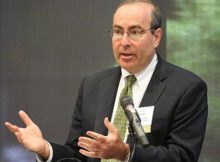
US Job Market will take a Few Months to Recover the Economy
The US job market will take a few months to recover enough that the Federal Reserve can reduce its crisis-era support for the economy. Richmond Federal Reserve Bank President Thomas Barkin added a centrist voice to the open debate about when to trim the central bank’s $120 billion in monthly bond purchases. Several of Barkin’s colleagues have argued the purchases should be phased out fast to put monetary policy on a more normal footing, prepare for eventual interest rate increases as a guard against inflation, and temper housing and other asset price increases that may be boosted by the Fed’s bond-buying. Barkin is a current voting member of the Fed’s policy-setting committee. He agreed the country was making progress toward the level of labor market progress the Fed has said it wants before scaling back the monthly purchases and eventually ending the program.
Barkin said, “We are closing in. I don’t know exactly when that will be. When we do close in on it I am very supportive of tapering and moving back toward a normal environment as quickly as the economy allows us”. But he added that he was not ready to commit to a timetable, arguing the Fed should stick to what it has promised: buying bonds until the labor market has more fully healed. He said, “It is credible to think we will get there in the next few months. I would like to be at a normal level of participation in the asset markets and a normal level of (interest) rates. But I also think that as a committee, when you put out forward guidance you think about it carefully and then do your best to live to that”.
The Fed said in December that it would wait for substantial further progress in the jobs recovery before reducing its asset purchases, a precursor to eventual interest rate hikes. In particular, he wants to see the employment-to-population ratio rises perhaps another half a percentage point to around 59%, a benchmark he regards as a holistic measure of job market health. That could be met in short order or take months to climb higher. Barkin’s comments represent a middle ground that could help shape whatever consensus emerges about the Fed’s next steps. They also show the divergent views emerging among Fed officials about what data deserves emphasis as they plan their exit from emergency monetary policies set at the start of the pandemic. Some officials in recent days, for example, have said they feel the current year’s high rate of inflation, at around 3.5% by one of the Fed’s preferred measures.
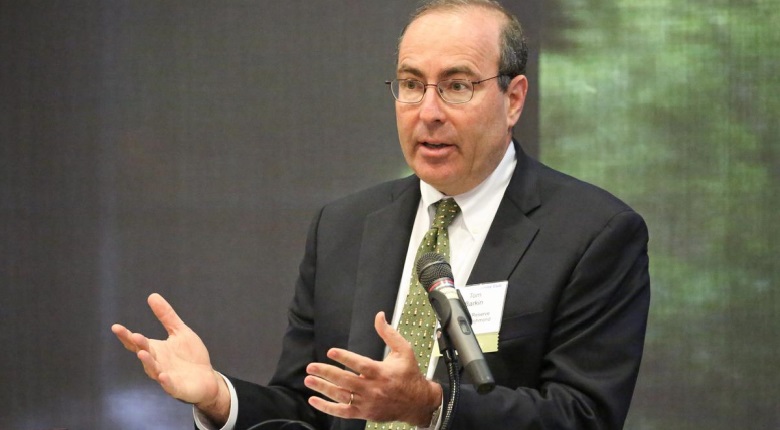



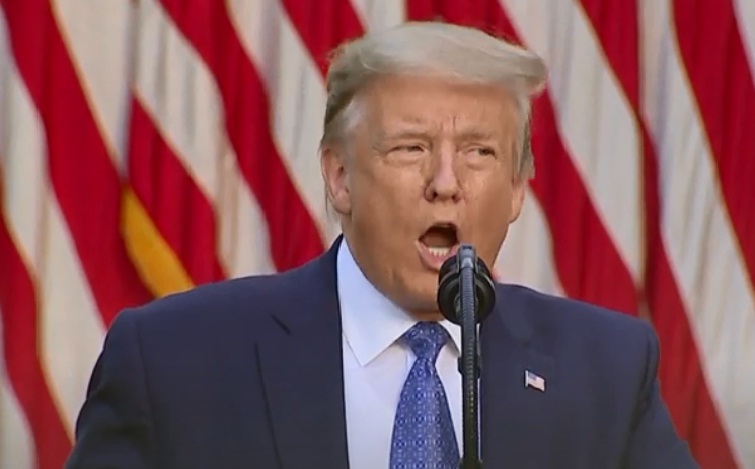
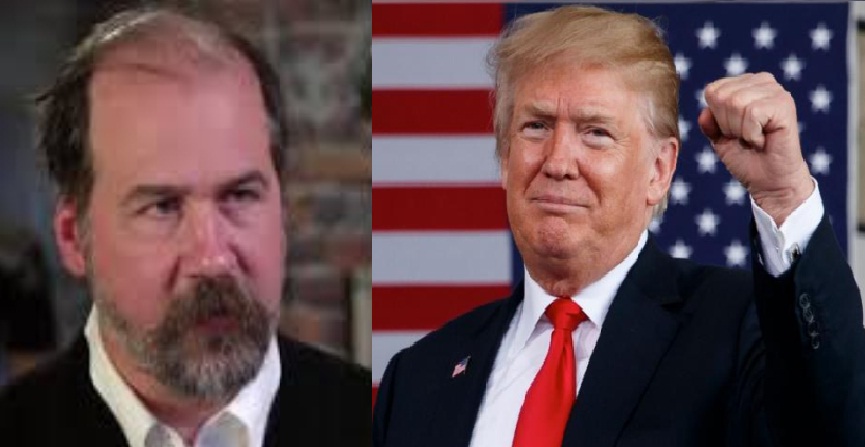
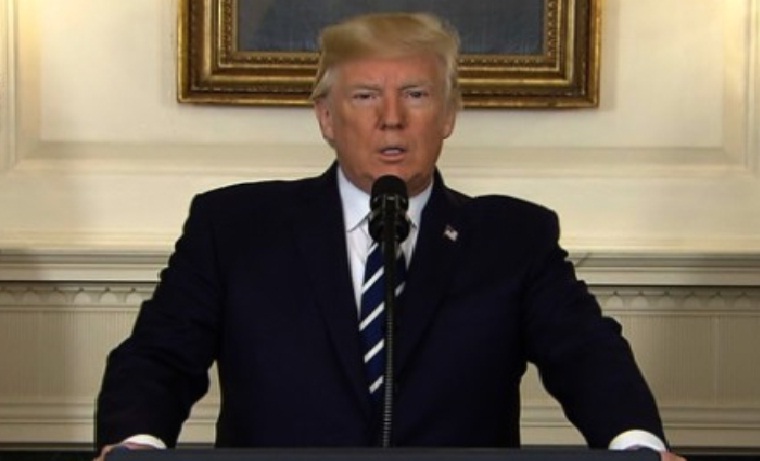
Recent Comments